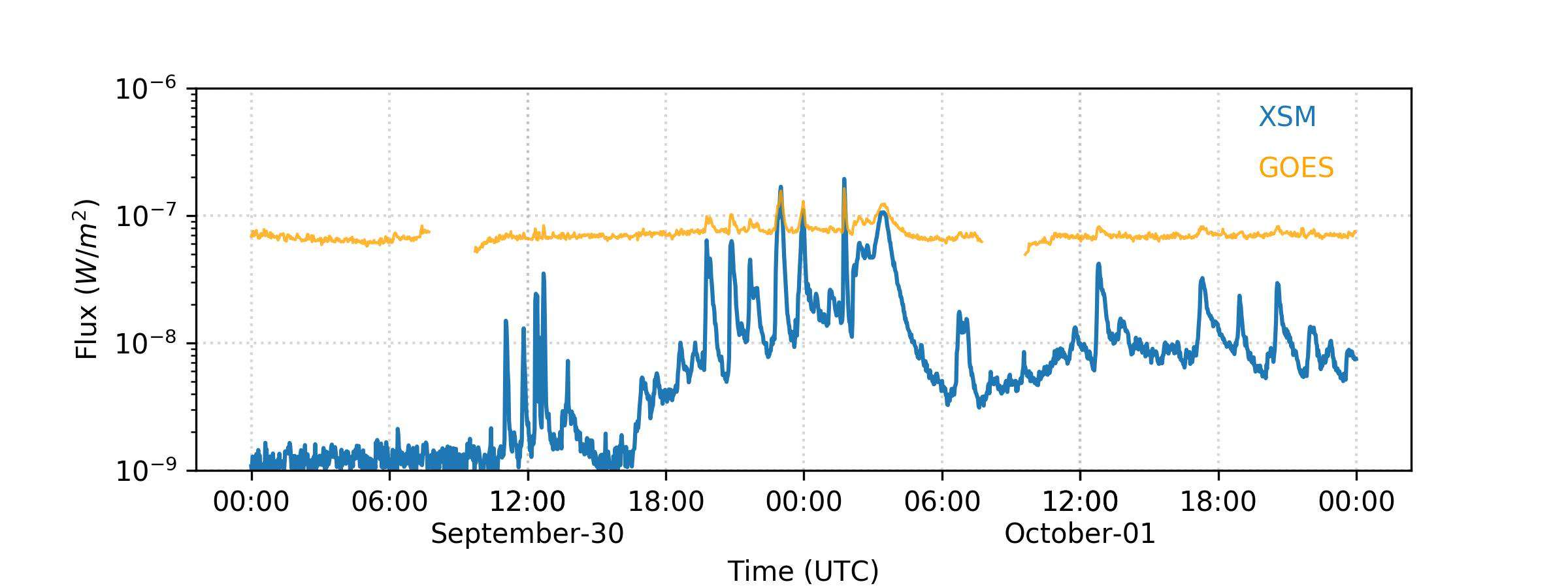
Chandrayaan 2’s orbiter observes solar flares, will help understand Sun better
NEW DELHI: One of the eight scientific payloads on board Chandrayaan-2s orbiter, circling the Moons ..
NEW DELHI: One of the eight scientific payloads on board Chandrayaan-2s orbiter, circling the Moons orbit at 100km, has measured solar flares between September 30 and October 1, which, in turn, will help scientists better understand various processes on the Sun.
The payload, solar X-ray monitor (XSM), which detected the solar flares, is capable of measuring X-rays emitted by the Sun and its corona, and can also measure the intensity of solar radiation. Its primary objective is to provide X-ray spectrum in the energy range of 1-15 keV, according to Indian Space Research Organisation (Isro).
Chandrayaan-2's orbiter circling the Moon
Currently, the solar cycle is heading towards minima and the Sun has been extremely quiet for the past few months. Therefore, XSM could observe a series of small flares between September 30 and October 1.
The orbiter also uses X-rays emitted by the Sun in a clever way to study elements on the lunar surface. Solar X-rays excite atoms of constituent elements on the lunar surface. These atoms when de-excited emit characteristic X-rays (a fingerprint of each atom). By detecting the characteristic X-rays, it becomes possible to identify various major elements of the lunar surface. However, to determine their concentration, it is essential to have simultaneous knowledge of the solar X-ray spectrum. The orbiters Large Area Soft X-ray Spectrometer (CLASS) and XSM payloads can measure the lunar elemental composition using this technique. While CLASS detects the characteristic lines from the lunar surface, XSM simultaneously measures the solar X-ray spectrum.  The graph showing solar flare measurement taken by the orbiter's payload solar X-ray monitor (XSM)
The graph showing solar flare measurement taken by the orbiter's payload solar X-ray monitor (XSM)
What is aRead More – Source
